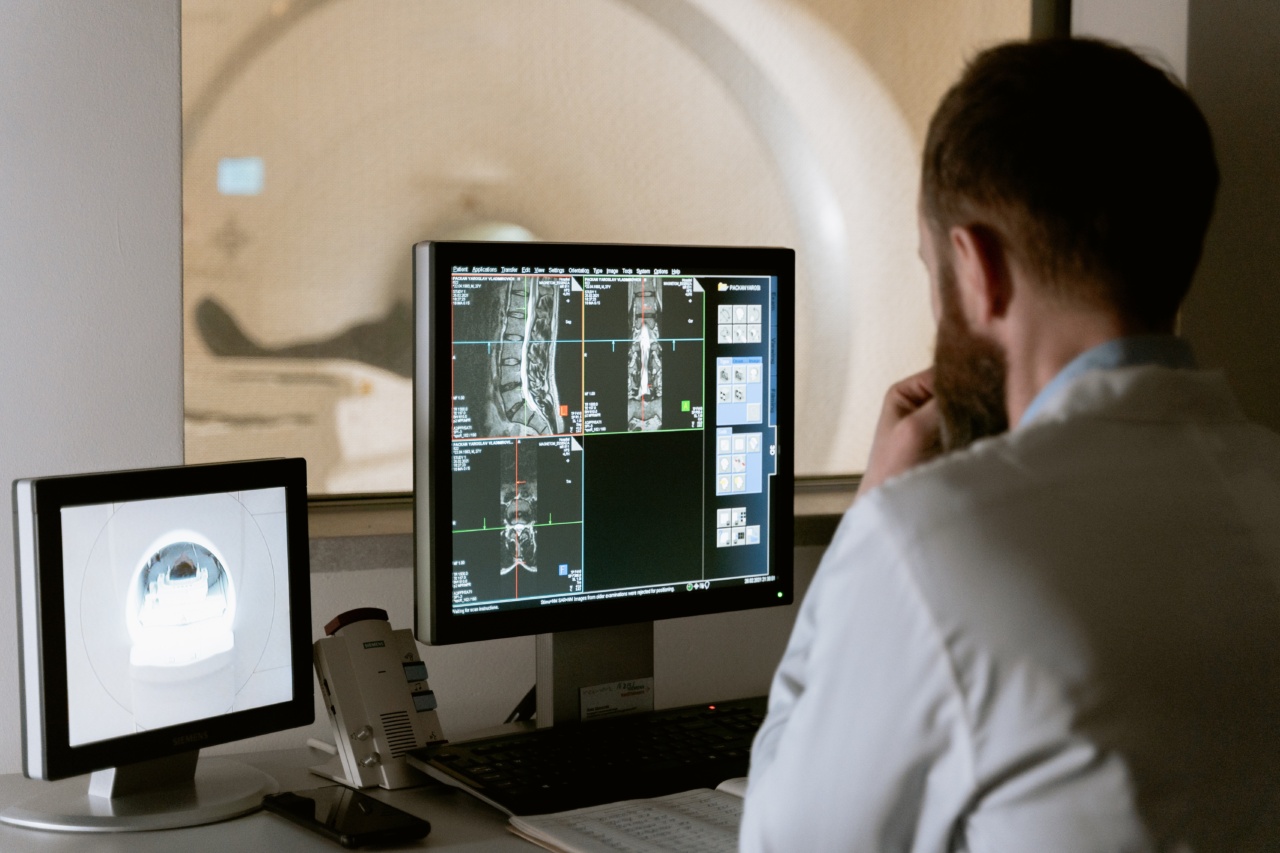Over the last few decades, we have seen tremendous advancements in genetic testing. The advancements are seen both in the techniques used to diagnose diseases and in the accuracy of the results.
Genetic testing is the study of genes and their functions, and the genetic disorders that occur as a result of any abnormalities in the genes. It enables doctors to identify genetic diseases earlier, making treatments more successful.
Types of genetic testing
Different types of genetic testing are available, depending on the location, action, or function of the genes being studied. The main types of genetic testing include;.
Diagnostic testing
Diagnostic testing is done after the patient has shown symptoms of a particular genetic disorder. The test helps to confirm or rule out suspected illnesses.
It helps healthcare providers to develop a treatment plan that will work for that patient based on their unique genetic situation.
Carrier testing
Carrier testing identifies people who have a higher risk of passing genetic disorders to their offspring. It can be done before pregnancy or even when one suspects they may be carrying a genetic disorder.
Prenatal testing
Prenatal genetic testing provides information on the fetus’s genetic makeup before birth. It can be done through various techniques such as chorionic villus sampling and amniocentesis, among others.
Predictive genetic testing
Predictive genetic testing helps predict the likelihood of developing or passing on a genetic disorder before any symptoms become evident.
New Genetic Testing Techniques
Recently, we have seen a surge in advances in genetic testing techniques that have revolutionized the way doctors diagnose diseases. Let’s take a look at some of them;.
Next-Generation Sequencing (NGS)
NGS is a technique that allows researchers to sequence the entire genome in a relatively short amount of time. This technique allows for the sequencing of several genes at once, making it more efficient than the traditional sequencing technique.
Whole-Exome Sequencing (WES)
WES is a technique that focuses on the protein-coding regions of the genome, known as exons. This technique is widely used because it is cost-effective compared to whole-genome sequencing, and it covers about 85% of the known disease-causing mutations.
Whole-Genome Sequencing (WGS)
WGS is a technique that sequences the whole genome of an individual. It provides a comprehensive picture of an individual’s genetic makeup, making it suitable for identifying new disease-causing mutations.
However, it is expensive and generates significant amounts of data, which can be overwhelming to analyze.
CRISPR-Cas9 Gene Editing
CRISPR-Cas9 is a gene-editing technique that allows researchers to cut DNA at specific locations and insert, delete or replace the cut-out piece. This approach has shown tremendous potential for treating genetic disorders like sickle cell disease.
It can also be used to develop more accurate diagnostic tests for genetic diseases.
Liquid Biopsy
Liquid biopsy involves taking a blood sample to identify circulating tumor cells or pieces of tumor DNA. Liquid biopsy has the potential to detect cancer in its early stages when it is most treatable.
ctDNA Sequencing
ctDNA sequencing, also known as plasma DNA sequencing, involves collecting a blood sample to sequence the circulating tumor DNA (ctDNA). This technique has shown great promise in monitoring cancer remission and detecting cancer recurrence.
Microfluidics
Microfluidics involves manipulating fluids in small channels or chambers at the microscopic level. The technique is used to separate cells, analyze individual cells, and isolate specific genetic material.
It can also be used to detect cancer or other genetic abnormalities in the blood.
Conclusion
In conclusion, the advancements in genetic testing techniques have brought significant changes in the way we diagnose, monitor, and treat diseases.
These techniques have made it possible to identify genetic disorders at an early stage, making treatments more effective.





























